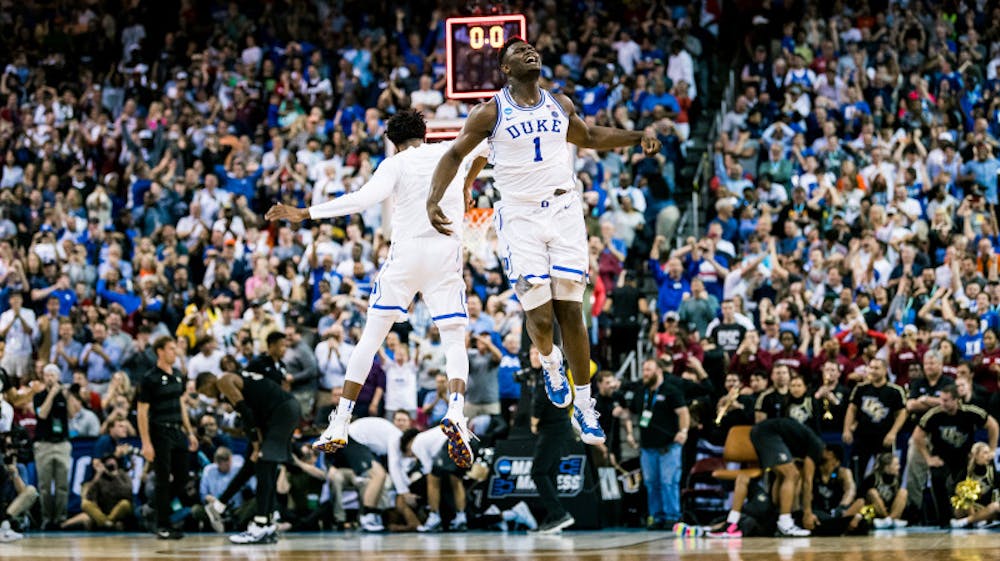With one week of March Madness finished, the nation is down to 16 teams vying for the National Championship. Out of the remaining colleges in the tournament, 12 hail from small markets or from towns that are more than 100 miles from a city with a professional sports team. However, these colleges are finding representation at the national level despite the small-markets in which they play, as their accomplishments are redefining the economic and social construction of their hometowns.
At the end of the 2018-19 regular season, Forbes ranked the most valuable college basketball programs in the nation based on the past three seasons’ revenue and found Louisville, Kentucky, Indiana, Duke and Kansas lead all teams with a combined value of $202.2 million per year. From these five schools, Kansas is the closest geographically to a professional sports market with Kansas City about 45 miles away from the Jayhawks’ campus. The inverse relationship between college and professional sports markets is apparent here, as Kansas City was ranked the 11th smallest market size as reported by Sports Media Watch.

Zion Williamson and Duke are driving up tournament ratings. Photo via Duke Athletics
The report analyzed every franchise in the NFL, NBA, MLB and NHL to find the largest and smallest sports markets in the United States based on TV market size. The findings stated that New York City, Los Angeles, Chicago, Philadelphia and Dallas-Fort Worth constituted the top-five largest markets. Even though powerhouse markets such as New York, Los Angeles, and Chicago dominate the professional sports landscape in terms of their size, the NCAA has found schools in smaller markets emerging at the pinnacle of college athletics.
Duke is located in Durham, N.C., which is home to just more than 250,000 people and is about 150 miles from its closest professional sports city in Charlotte. It has one of the most robust basketball programs in the nation and has an average total revenue of $33.1 million within the past three seasons, and the university has generated over $5.8 billion for the North Carolina economy from 2012-2013.
With all eyes on Zion Williamson this season, the demand to see the projected No. 1 overall pick in the 2019 NBA draft has been costly for fans across the nation. The minimum ticket resale price for the North Carolina-Duke on February 20 was $2,500 while some seats exceed $10,000 to see the freshman play.
However, for a school like Gonzaga, its Spokane, WA, community is more interested in the team’s impact on the city’s comradery over their economy. The city has been financially struggling since the postwar era and about 17 percent lives under the poverty line. The 2017 Census ACS survey reported that the city’s real median household income was $53,321 which is about $7,000 less than the national median and about $17,000 less than the Washington state median.
Despite Spokane’s financial struggles, the city finds solace in watching the Bulldogs’ program flourish. In a 2017 report by the Guardian, “positive correlations were found between fanship and entitativity, group identification, and collective happiness” among the team and its fans. Gonzaga is making its 21st consecutive tournament appearance with its 2019 selection, and will get a rematch against Florida State in on March 28.
Whether travelling across the country for a $10,000 basketball game or finding happiness in your backyard, the current teams in the Sweet Sixteen demonstrate how March Madness and college hoops has impacted the cities in the national spotlight.
Andrea Keppler can be reached at andrea.keppler@student.shu.edu or on Twitter @keppler_andrea.





